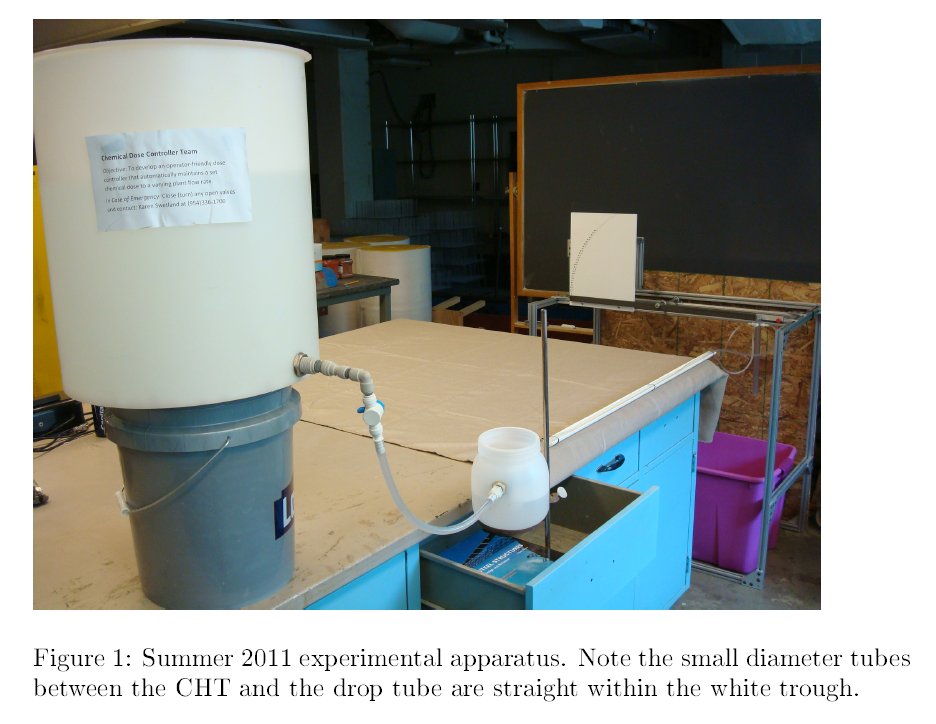Matthew Higgins
Abstract
Accurate chemical dosing in water treatment plants is imperative to ensure optimal efficiency during flocculation, sedimentation, filtration and disinfection. AguaClara designed the linear chemical dose controller (LCDC) and linear flow controller (LFC) systems to allow plant operators to reliably set and maintain a desired dose of coagulant and disinfectant. A linear relationship between head loss and chemical ow is created by using the major head loss through a small diameter tube to control the flow. To maintain this linear relationship, the systems have been designed to eliminate sources of minor head loss. Our team is actively working to minimize minor head losses through the systems, reduce the systems' maximum percent error and standardize the components and calibration techniques to be used to fabricate the systems in the field.




